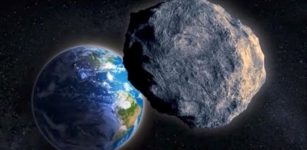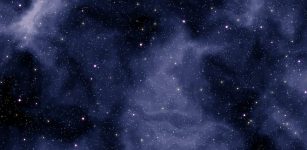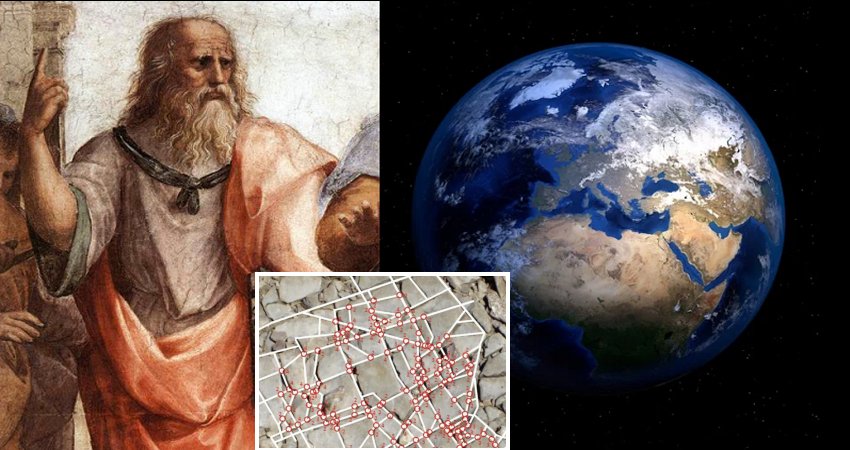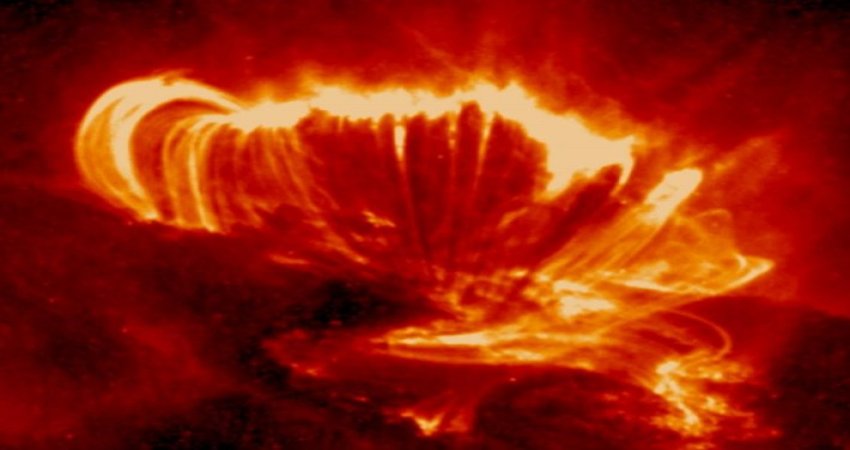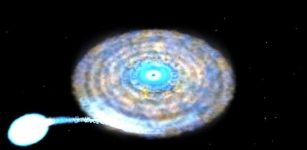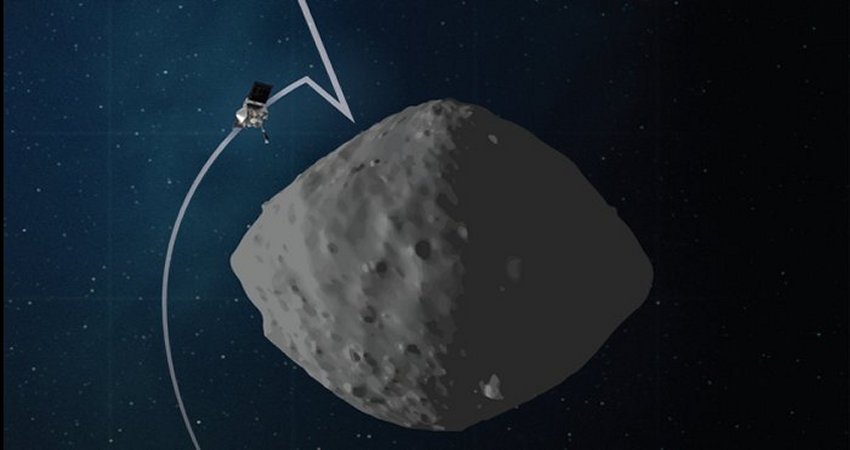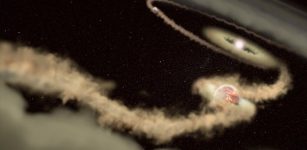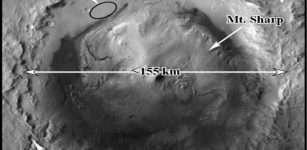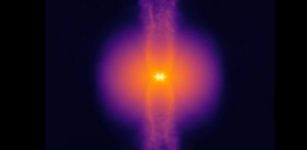Search For Population III Stars And Hope To Observe Them With JWST
MessageToEagle.com – The first stars were made from completely pristine gas, and astronomers think they formed quite differently from stars today.
Astronomers have long theorized the existence of these stars, also known as the Population III stars, which were born out of the primordial material from the Big Bang. The Population III stars, exploded in powerful supernovae, spreading their heavy elements into surrounding pristine clouds of gas.
Astronomers have not yet been able to observe these stars; therefore they do not have any observational evidence of their existence.
But, one day, in near future the James Webb Space Telescope will help us to observe these astronomical objects and understand many other mysteries of the Universe.
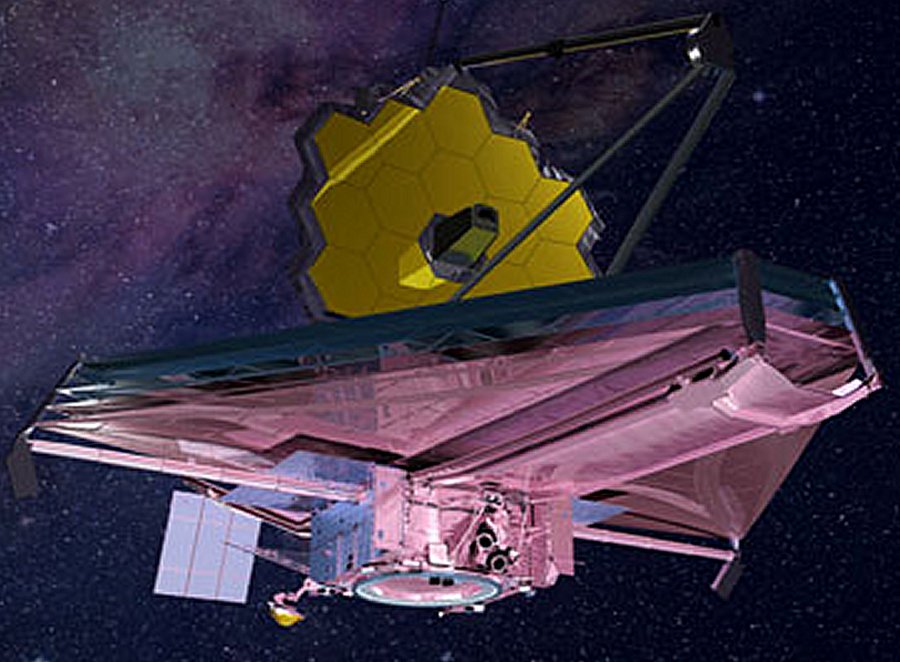
The JWST
- will examine every phase of cosmic history:
- from the first luminous glows after the Big Bang to the formation of galaxies, stars, and planets to the evolution of our own solar system.
- and thus, it will also detect the Population III stars.
Now, astronomers from Australia and the USA, the Very Large Telescope in Chile, have discovered a distant, ancient cloud of gas that may contain the signature of the very first stars that formed in the Universe.
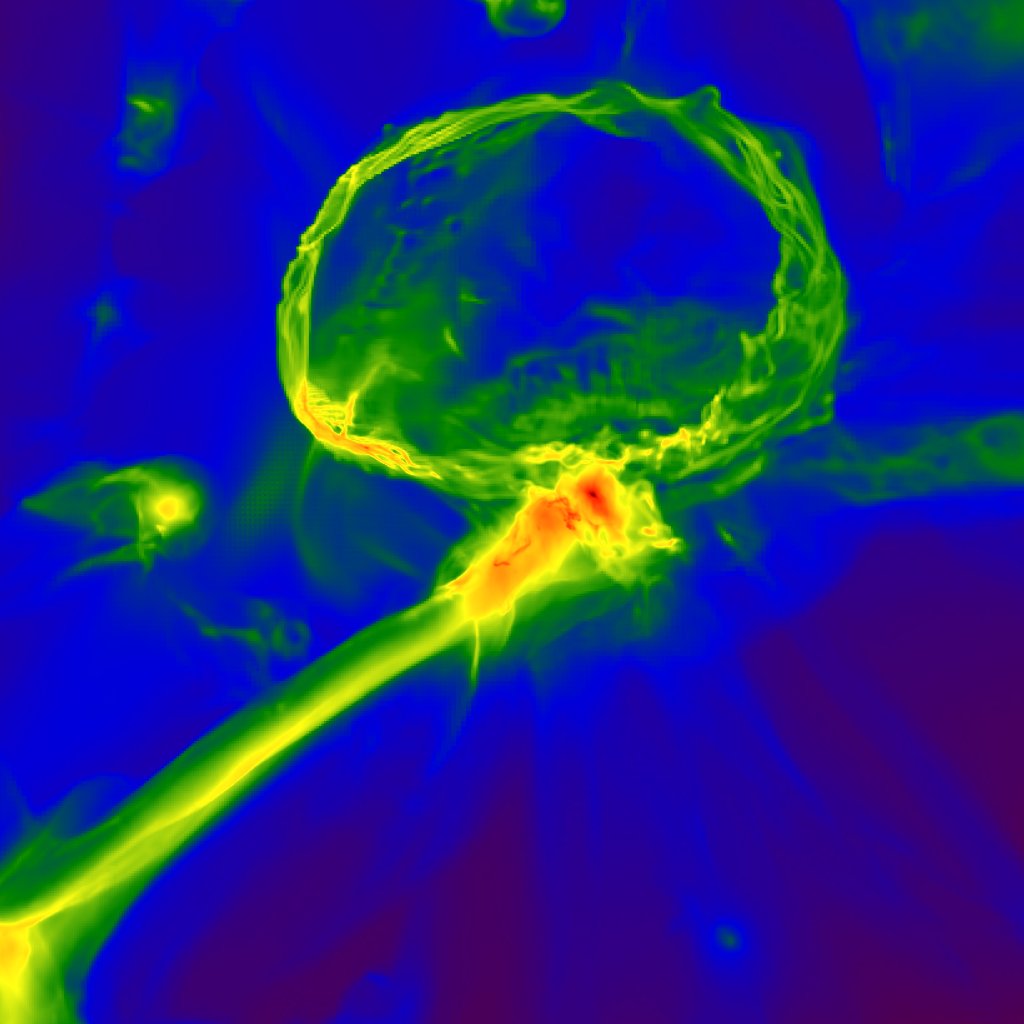
The gas cloud has an extremely small percentage of heavy elements, such as carbon, oxygen and iron – less than one thousandth the fraction observed in the Sun.
It is located many billions of light years away from Earth, and is observed as it was just 1.8 billion years after the Big Bang.
“Heavy elements weren’t manufactured during the Big Bang, they were made later by stars,” says lead researcher, Dr Neil Crighton, from Swinburne University of Technology’s Centre for Astrophysics and Supercomputing.
Those clouds then carry a chemical record of the first stars and their deaths, and this record can be read like a fingerprint.
“Previous gas clouds found by astronomers show a higher enrichment level of heavy elements, so they were probably polluted by more recent generations of stars, obscuring any signature from the first stars,” Dr Crighton says.
“This is the first cloud to show the tiny heavy element fraction expected for a cloud enriched only by the first stars,” co-author Swinburne’s Professor Michael Murphy says.
The researchers hope to find more of these systems, where they can measure the ratios of several different kinds of elements.
“We can measure the ratio of two elements in this cloud – carbon and silicon. But the value of that ratio doesn’t conclusively show that it was enriched by the first stars; later enrichment by older generations of stars is also possible,” another co-author, Professor John O’Meara from Saint Michael’s College in Vermont, USA, says.
“By finding new clouds where we can detect more elements, we will be able to test for the unique pattern of abundances we expect for enrichment by the first stars.”
MessageToEagle.com

